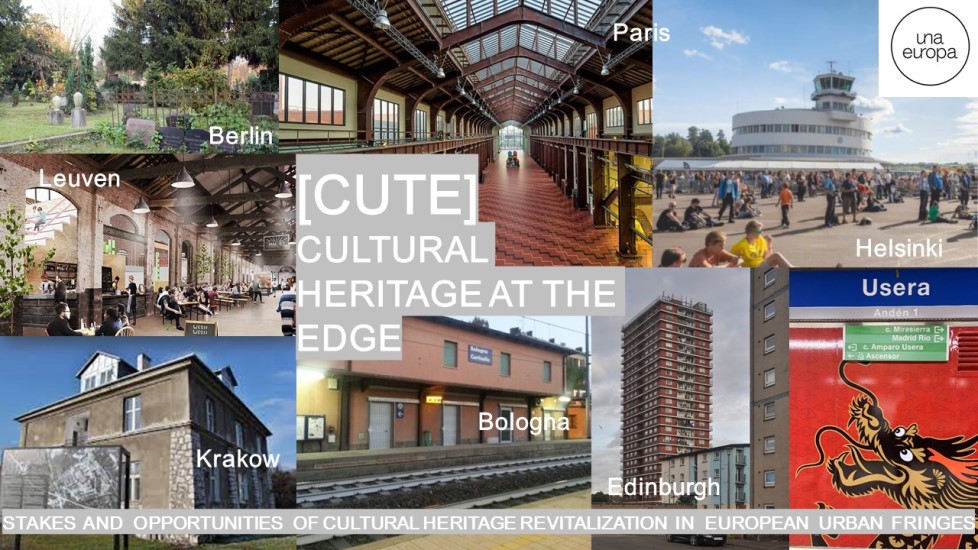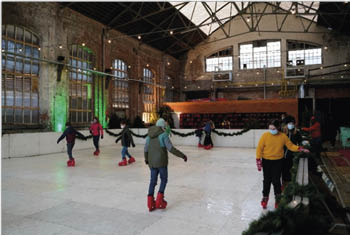
|
|
|
Case Studies > Leuven - Vaartkom and Centrale WerkplaatsenIn Leuven, the choice for valorization for culture and tourism of (mainly industrial) heritage in the outskirts of cities is on the canal zone Vaartkom and the former maintenance site from the National Railway Company of Belgium, called Centrale Werkplaatsen or Werkhuizen. Apart from infrastructural heritage such as the 18th century canal and its turning basin, industrial buildings are left in different stages of renovation and restauration (brewery De Hoorn; Hall 4 and 5). We look at how this heritage and infrastructure has supported the upgrade from rundown environments to new attractions of the city, and aim at understanding the path to this upgrading as well as how this ‘periphery’ can be given an even more pronounced cultural and/or tourist-recreational function. The differences between the Vaartkom and the Werkhuizen are particularly interesting since the urban renewal process started earlier at the Vaartkom (since 2007), being one of the biggest urban renewal projects in Belgium but quite top-down and with a number of huge players, one of them being the international giant brewery AB-Inbev that started with a local brewery ‘Stella Artois’. Although the brewery moved in the 90ies to a new site, it still owns a lot of property in the neighborhood. The Werkhuizen or Centrale Werkplaatsen were listed in 1996 but left empty and derelict. Although part of a bigger renewal project, investments were oriented towards new constructions first. New (temporary) uses of the halls are mainly small-scale and bottom-up. Both attract people from other parts of Leuven and beyond, and create a new culture and identity but the question remains if this is a sustainable format of valorization of heritage.
Vaartkom © D. Vanneste, 2021
Centrale Werkplaatsen © T. Steenberghen, 2021 |
| Online user: 2 | Privacy |

|


